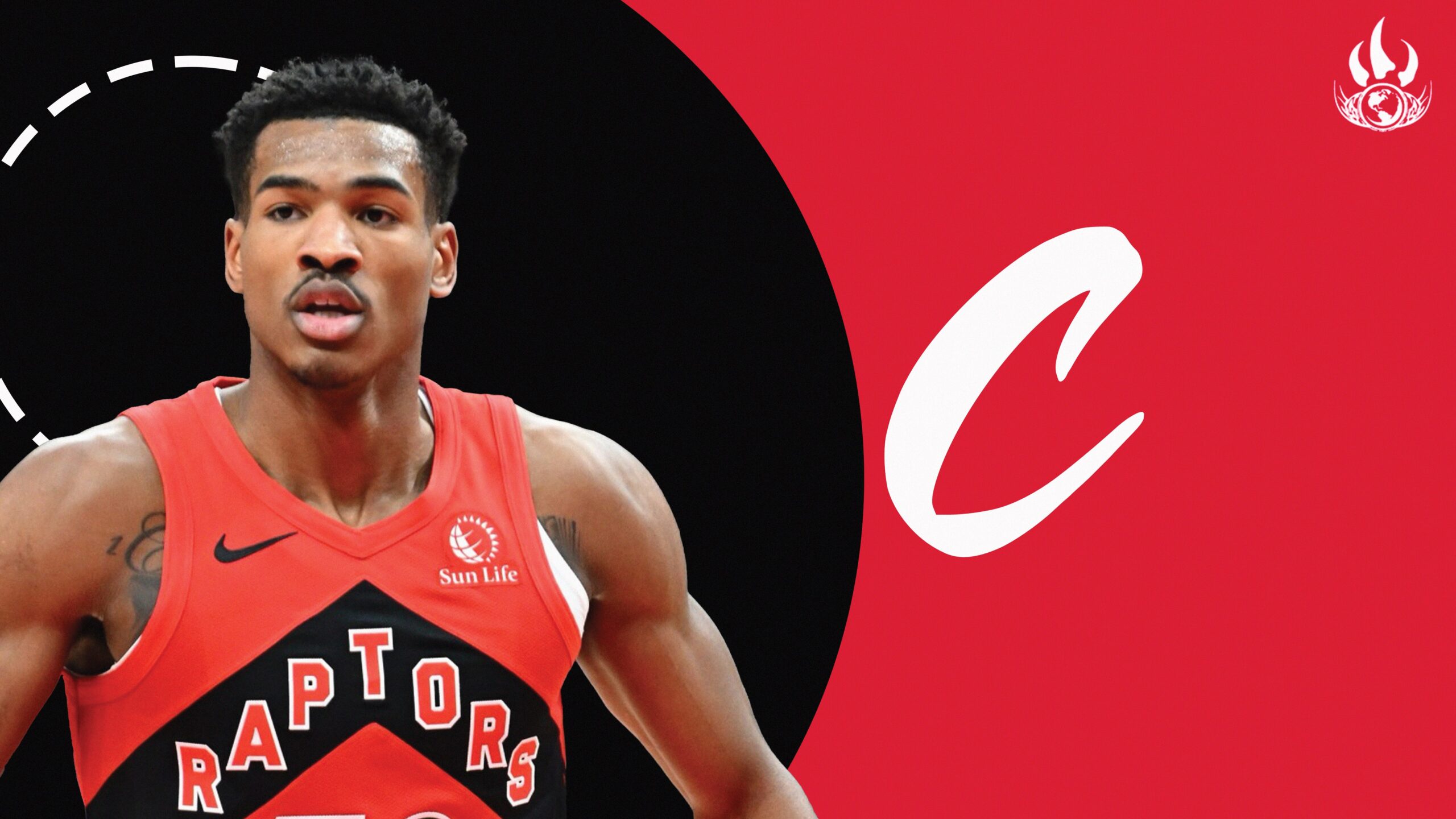The following is part of Raptors Republic’s series of pieces reviewing the season for the Toronto Raptors. You can find all the pieces in the series here.
For Canadian born NBA players it is often a dream to play for their hometown Toronto Raptors and for Kelly Olynyk this became a reality. Thanks to a mid-season trade between the Utah Jazz and the Toronto Raptors, Olynyk found himself back home.
Olynyk’s arrival in Toronto was very welcomed as the Raptors were looking to bring in new reserve talent. The bench unit had long been dreary and Olynyk was the perfect player to come in and be a pillar of second units. In Utah, Olnyk averaged a career high in assists per game at 4.4 and he also averaged 8.1 points per game and 5.1 rebounds per game. Olynyk’s skill set was especially important to acquire due to the emphasis that head coach Darko Rajakovic put on ball movement.
For most of Olynyk’s time in Toronto this season, the team was extremely injured and this led to his role being much more than it would be on the team normally. But during this time we got to see just how valuable he was, especially on offense.
During his time in Toronto Olynyk averaged 4.6 assists per game and 12.7 points per game, both of which were higher than his Utah averages. What really popped was his passing. He was often the initiator for many of the plays and his playmaking made the offense hum at times where things seemed hopeless. Whether it was firing passes to his cutting teammates, running dribble handoffs to help others get downhill, or getting out in transition, Olynyk’s passing talent was always on display. When the team was injured it was Olynyk keeping things going and being one of the leaders of the offense. Olynyk was a breath of fresh air for the offense and he made his value very clear. In the few games he did play with all of the key players he also played and fit very well.
Not only does his passing work very well next to players who cut well such as Scottie Barnes and RJ Barrett, he also works well as a floor spacer and just an overall release valve for the offense. Olynyk sets screens well, cuts to the basket well, and on the season he shot 39 percent from three so he can pick and pop as well. Olynyk’s size also allowed him to be a successful scorer in the post and in the paint in general as he shot 72.9 percent in the restricted area, and 52.9 percent in the paint outside of the restricted area. He was quite simply an ideal player to have on your roster, and will likely continue to do so.
On the defensive end Olynyk was playing against bigger guys than he should have been and that was once again due to major injuries on the Toronto Raptors. So for most of the games he was tasked with guarding opposing centers and it did not go well. He gave up a lot of rebounds, and his help defense wasn’t very strong either, but if Toronto is at full strength then he will be in a much better position to contribute defensively. In the few games he played with a healthy Raptors team his defensive role was where it’ll be for the foreseeable future and he was able to use his size to effectively guard opposing players. Olynyk isn’t the quickest defender laterally but next to Barnes and Jakob Poetl he can be an effective help defender near the paint.
Toronto signed Olynyk to a two year $26.25 million and this shows that they want him to be a part of this team for the foreseeable future. Olynyk’s skillset is one that fits on this team perfectly and he showed that this past season so it’s no wonder Toronto locked him up for the next couple of seasons. Olynyk is a perfect tertiary player and Toronto grabbing him in a trade was a great move.



